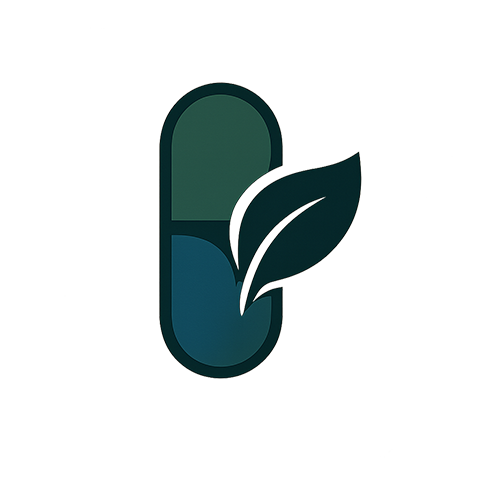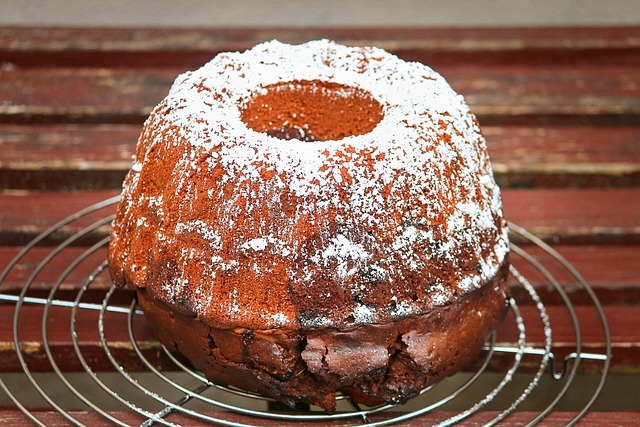When the body experiences an episode of diarrhea, the first instinct is often to seek a quick fix that will stop the bowels. Yet, the real challenge lies in restoring the delicate balance between fluid loss and nutrient intake. Managing diarrhea effectively requires a thoughtful approach that focuses on both hydration and nutrition, ensuring that the body regains strength without compromising recovery.
Understanding the Causes of Diarrhea
Diarrhea can stem from a variety of sources: viral or bacterial infections, food intolerances, medications, or chronic conditions such as irritable bowel syndrome. Recognizing the underlying cause is essential because it shapes the strategy for hydration and nutrition. Regardless of the trigger, the common denominator is the excessive loss of fluids and electrolytes, which must be promptly replaced.
- Infections often cause watery stools and abdominal cramping.
- Food intolerances lead to bile acids or lactose-related diarrhea.
- Medications like antibiotics or laxatives can disrupt normal gut flora.
- Chronic diseases may present with persistent or intermittent diarrhea.
The Role of Hydration in Recovery
Water is the foundation of all bodily functions, and when diarrhea occurs, the body loses up to 1–2 liters of fluid per day. Replacing this fluid is paramount to prevent dehydration, which can manifest as dizziness, dry mouth, and in severe cases, kidney dysfunction.
“Hydration is not merely about drinking water; it is about restoring electrolytes that are lost during diarrhea.”
Choosing the Right Fluids
While plain water is essential, it does not address the loss of electrolytes such as sodium, potassium, and chloride. Oral rehydration solutions (ORS) that contain a balanced mix of electrolytes and glucose are recommended, especially for severe cases. If an ORS is unavailable, homemade solutions can be prepared using a pinch of salt, a teaspoon of sugar, and a glass of water.
Timing and Frequency of Fluid Intake
Small, frequent sips are more effective than large gulps, especially when the stomach is sensitive. Aim for 200–300 milliliters every 15–20 minutes until the urge for diarrhea subsides. This approach minimizes the risk of further irritation and supports steady absorption of nutrients.
Nutrition: What to Eat During Diarrhea
Balancing nutrition during diarrhea involves choosing foods that are gentle on the gut while providing essential energy and nutrients. The BRAT diet—bananas, rice, applesauce, toast—has long been recommended, but a broader spectrum of low-fiber, bland foods can also aid recovery.
Recommended Foods
- Boiled or steamed potatoes without skins.
- Plain chicken or turkey breast, cooked without spices.
- Cooked carrots or zucchini, lightly seasoned.
- Oatmeal or plain yogurt for probiotic support.
- Herbal teas such as chamomile or peppermint to soothe the stomach.
Each item offers a low-fiber profile, which helps reduce the frequency of bowel movements while supplying vitamins, minerals, and protein necessary for healing.
Probiotics and Gut Health
During and after diarrhea, the gut microbiota can become imbalanced. Introducing probiotic-rich foods like yogurt, kefir, or fermented vegetables can help repopulate beneficial bacteria. These microorganisms compete with pathogens, produce short-chain fatty acids, and strengthen the mucosal barrier, thereby reducing further irritation.
Timing of Probiotic Intake
Take probiotics with a meal that contains some fat or carbohydrates, as these help protect the bacteria from stomach acid. Consistency is key: daily consumption for at least a week can aid in stabilizing gut flora, especially after antibiotic treatment.
Foods to Avoid While Experiencing Diarrhea
Certain foods can exacerbate symptoms and delay recovery. A quick guide includes:
- High-fiber fruits and vegetables, such as raw broccoli or leafy greens.
- Spicy or heavily seasoned dishes that irritate the lining.
- High-fat meats or dairy products that are difficult to digest.
- Caffeinated or carbonated beverages that stimulate bowel motility.
- Sugar-sweetened drinks that can draw water into the gut.
Reintroducing Full-Fat Diet Gradually
Once the frequency of diarrhea decreases and the stool becomes more formed, slowly reintroduce higher-fat or more fiber-rich foods. Monitor tolerance, and if symptoms return, revert to bland options temporarily before advancing again.
When to Seek Medical Attention
Most cases of acute diarrhea resolve within a few days with proper hydration and nutrition. However, certain red flags warrant prompt medical evaluation:
- Persistent diarrhea lasting more than 48 hours.
- High fever (above 38°C or 100.4°F).
- Signs of dehydration such as rapid heart rate, low blood pressure, or reduced urine output.
- Blood or black, tarry stools indicating potential gastrointestinal bleeding.
- Severe abdominal pain or cramping that does not improve with rest.
Follow-Up and Preventive Strategies
After recovery, adopting a healthy lifestyle can lower the risk of future diarrhea episodes. Key practices include:
- Consistent hand hygiene, especially before meals and after bathroom use.
- Ensuring safe drinking water and properly cooked food.
- Gradual increase of fiber intake to support gut motility.
- Regular probiotic consumption to maintain a resilient microbiome.
- Balanced meals that include lean proteins, complex carbohydrates, and healthy fats.
By integrating these habits, individuals can fortify their digestive health and reduce the likelihood of dehydration and nutrient loss.




